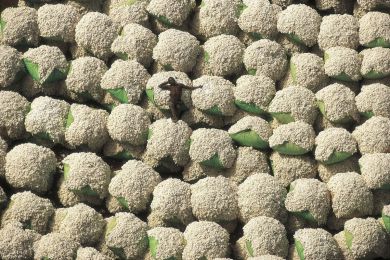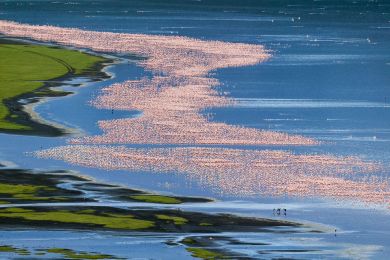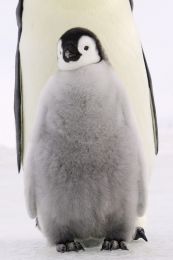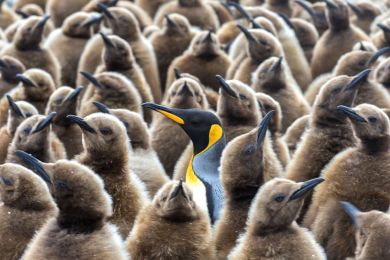By buying this product you can collect up to 178 loyalty points. Your cart will total 178 points that can be converted into a voucher of 35,60 €.
 View larger
View larger
Picture information
Cotton bales, Ivory Coast
Yann ARTHUS-BERTRAND
Art photography by Yann ARTHUS-BERTRAND of cotton bales in Ivory Coast, Korhogo region, Thonakaha. Producing and making cotton still employs about 1 billion people on the planet.
Data sheet
| Orientation | Landscape |
| Color | White |
Cotton bales, Ivory Coast
Yann ARTHUS-BERTRAND
Art photography by Yann ARTHUS-BERTRAND of cotton bales in Ivory Coast, Korhogo region, Thonakaha. Producing and making cotton still employs about 1 billion people on the planet.
Fine Art Photography
Print by Experts
100 % Made In France
A recognized expertise, a search of permanent quality.
Printed by a professional photographic laboratory.
All prints are made to order, controlled by the Technical Director.
A certificate of authenticity is provided with each photograph.
Framework made by selected materials to give you the best results. every step of the processing is monitoring by experts.
Loyalty points
Gift Card
Don't miss the opportunity to do the best present...
The whole Yann Arthus-Bertrand photos available with Hemisgalerie gift card.
Lets your guest choose the best image.
Amount from 50 €, create and download directly on our website, valid for one year including promotions.
The original gift for all events
More info
Gossypium hirsutum from the British West Indies is the most cultivated cotton plant species in the world and was introduced in West Africa in the 19th century. At the beginning of the 20th century, the European colonial powers encouraged cotton production to counter the United States’ and Egypt’s exportation monopoly at a time when this raw material represented 80 percent of the world’s textile market (compared to 39 percent today since the development of synthetic fabrics). Producing and making cotton still employs about 1 billion people on the planet. Prices which have been halved since 1995 have put certain countries in difficult situation, especially in West and Central Africa. With the input costs - cotton cultivation alone uses a quarter of pesticides sold in the world - and the marginalization of producers, some governments have encouraged the use of less pesticides and the production of fair trade cotton to ensure that producers are better paid and that their working conditions are aligned with international norms.













































































